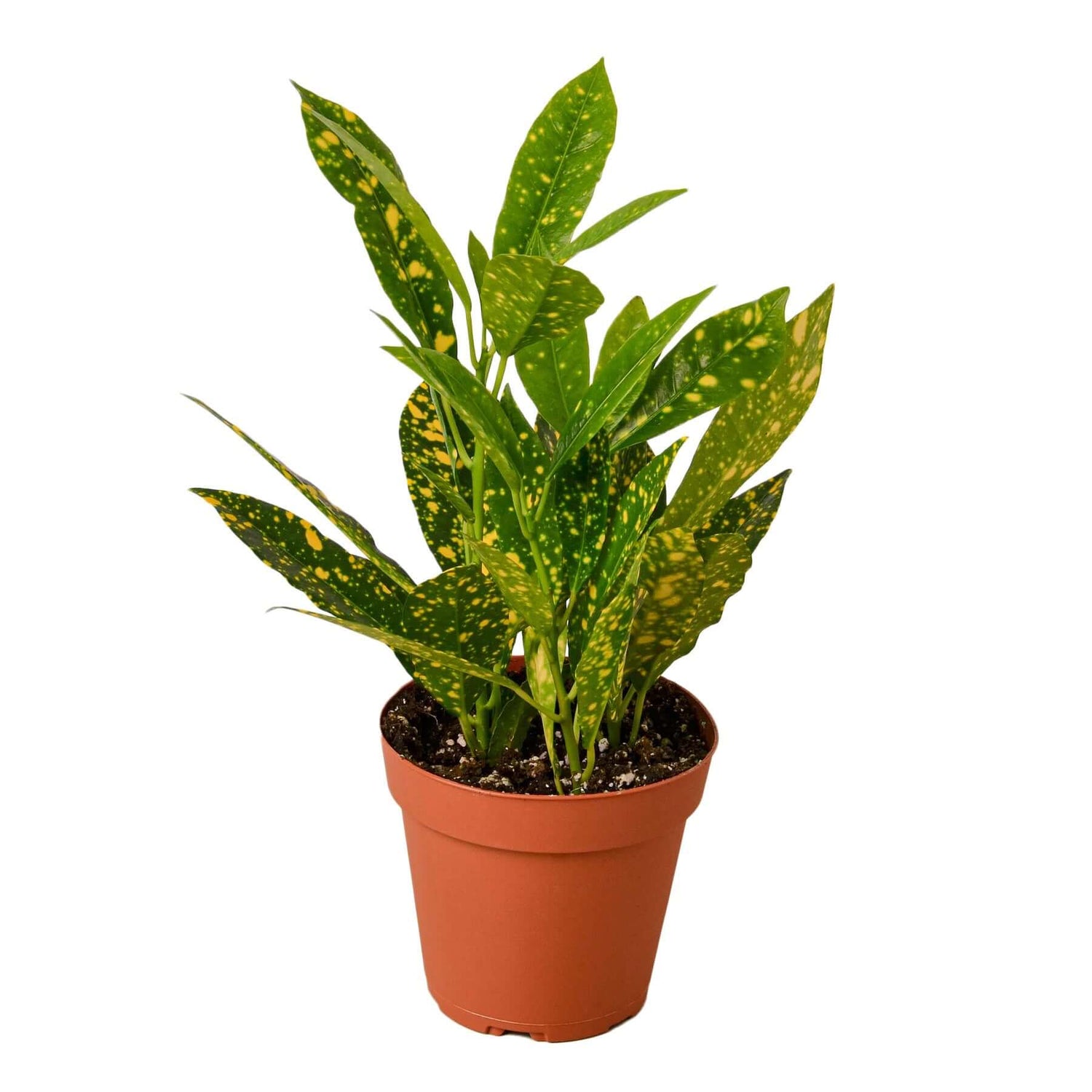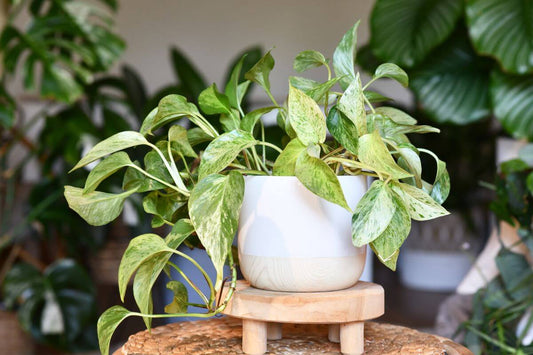Stepping into the world of houseplants, the Prayer Plant, scientifically known as Maranta leuconeura, stands out as a captivating beauty. This plant, named for its unique habit of folding its leaves at night like praying hands, is a living piece of nature's artistry. Let's embark on a journey to understand why this plant is so special and how you can make it thrive in your home.
The Best Spot for Your Prayer Plant
Finding the perfect spot for your Prayer Plant is crucial. These plants love bright, indirect light. Too much direct sunlight can scorch their delicate leaves, while too little light can cause their vibrant patterns to fade. A spot near a north or east-facing window is ideal. Here, they can bask in the soft, filtered light that mimics their natural habitat under the forest canopy.
The Marvels of the Prayer Plant
What truly sets the Prayer Plant apart is its daily dance. As evening approaches, you'll notice its leaves folding upwards, resembling hands in prayer. This nightly routine is not just a spectacle; it's a way for the plant to conserve moisture. Witnessing this ritual is a delightful reminder of the wonders of nature right in your living room.

Easy Care with a Few Tricks
Many plant enthusiasts wonder if Prayer Plants are hard to keep alive. The answer is no, as long as you meet their needs. These plants thrive in a humid environment, so misting them regularly can keep them happy. If you see crispy leaf edges, it's a sign they need more humidity. Placing a humidifier nearby or grouping them with other plants can help create a more humid microenvironment.
Watering Wisdom
Proper watering is key. Prayer Plants prefer to stay consistently moist but not waterlogged. An overwatered plant may show yellowing leaves and a mushy texture at the base, indicating root rot. Allow the top inch of soil to dry out before watering again. This balance will keep your plant healthy and vibrant.
Embrace the Flowers
Did you know that Prayer Plants can flower? It's a rare but wonderful sight. Tiny white or purple flowers can emerge, indicating that your plant is thriving. While not all Prayer Plants flower indoors, giving them the right conditions increases the chances. For more on the significance of flowering, check out this link.

Growing and Thriving
Prayer Plants can grow up to 12 inches tall, spreading their beautiful foliage wide. To make your plant fuller, consider occasional pruning. Snipping the stems just above a leaf node encourages new growth, making the plant bushier. Repotting every 1-2 years in fresh soil will also help accommodate their growing roots.
Coffee for Your Plant?
Interestingly, Prayer Plants do appreciate a little coffee. Diluted coffee grounds can be used occasionally to add some extra acidity to the soil, which these plants love. Just be sure to avoid overdoing it.
Similar Beauties
If you fall in love with the Prayer Plant, there are other similar plants you might enjoy. The Maranta Variegated 'Beauty Kim', Maranta 'Leuconeura' , Calathea Beauty Star, Calathea Green Goddess, Calathea 'Grey Star', Calathea Concinna 'Freddie', and Calathea Roseopicta 'Medallion' are all exquisite options that bring their unique patterns and colors into your space.

Ready to welcome a Prayer Plant into your home? Check out our Maranta Red Prayer Plant and start your journey with this fascinating plant. Each day, as you watch its leaves move in prayer, you'll be reminded of the gentle rhythms of nature and the beauty of nurturing life.
Articles Related:
- All About Repotting Houseplants: A Complete Guide
- All About Yellow Leaves on Plants: Tips and Fixes
- All About Houseplants: Health and Productivity Benefits










